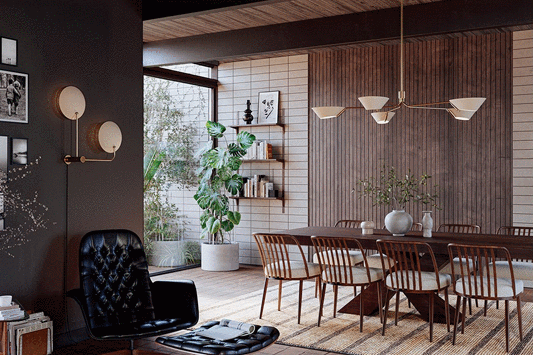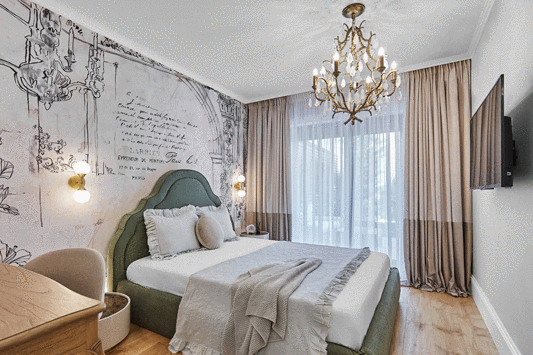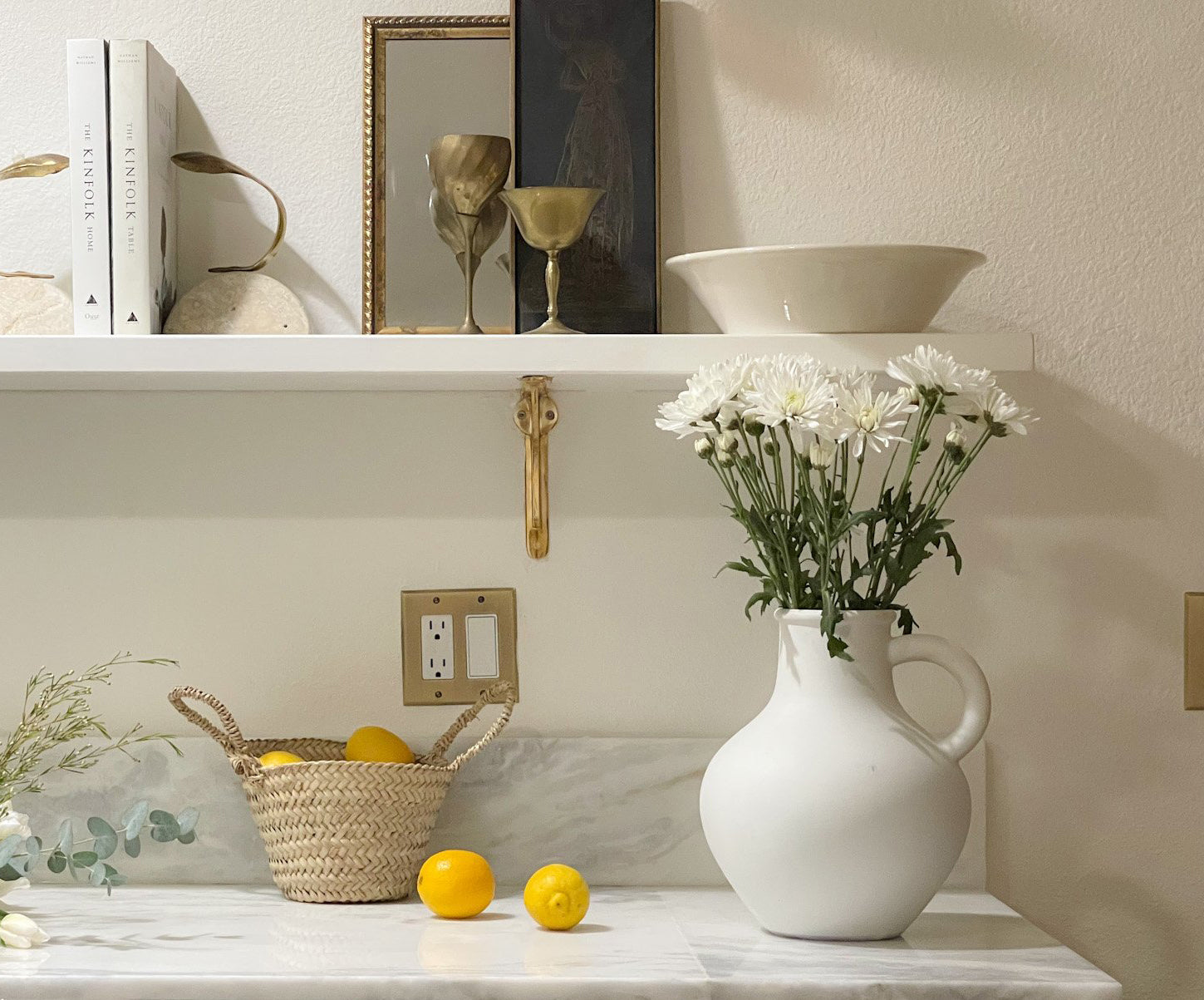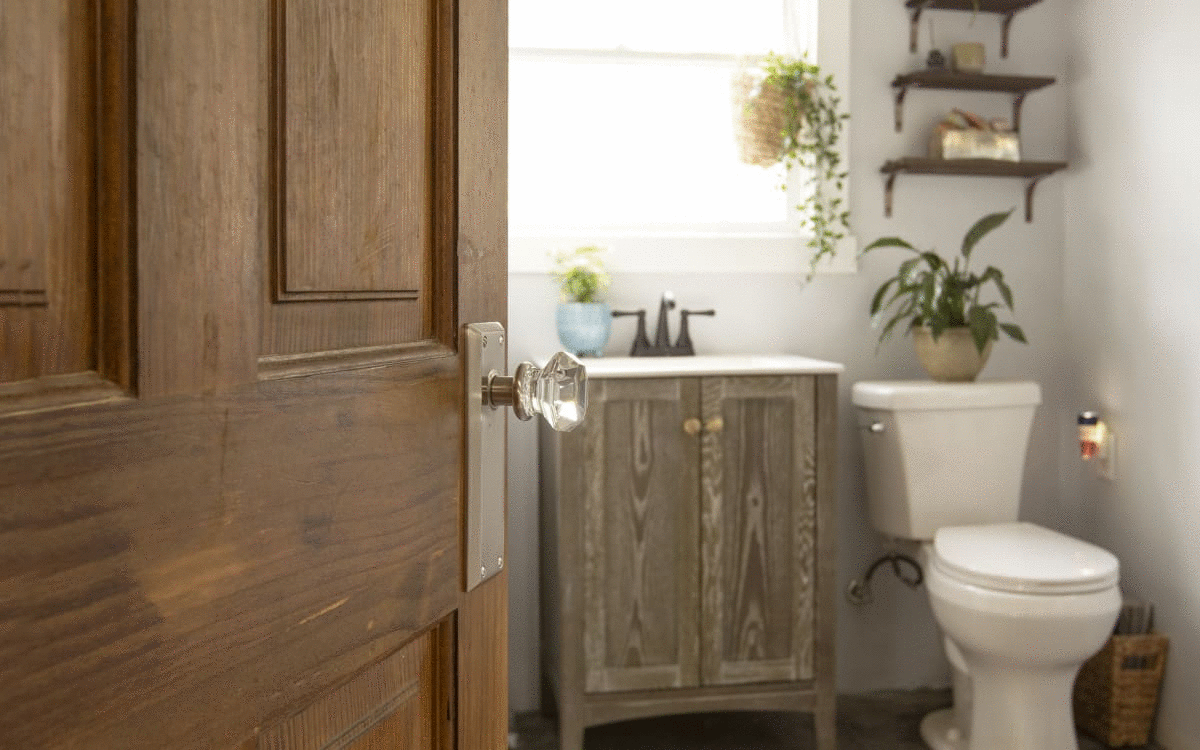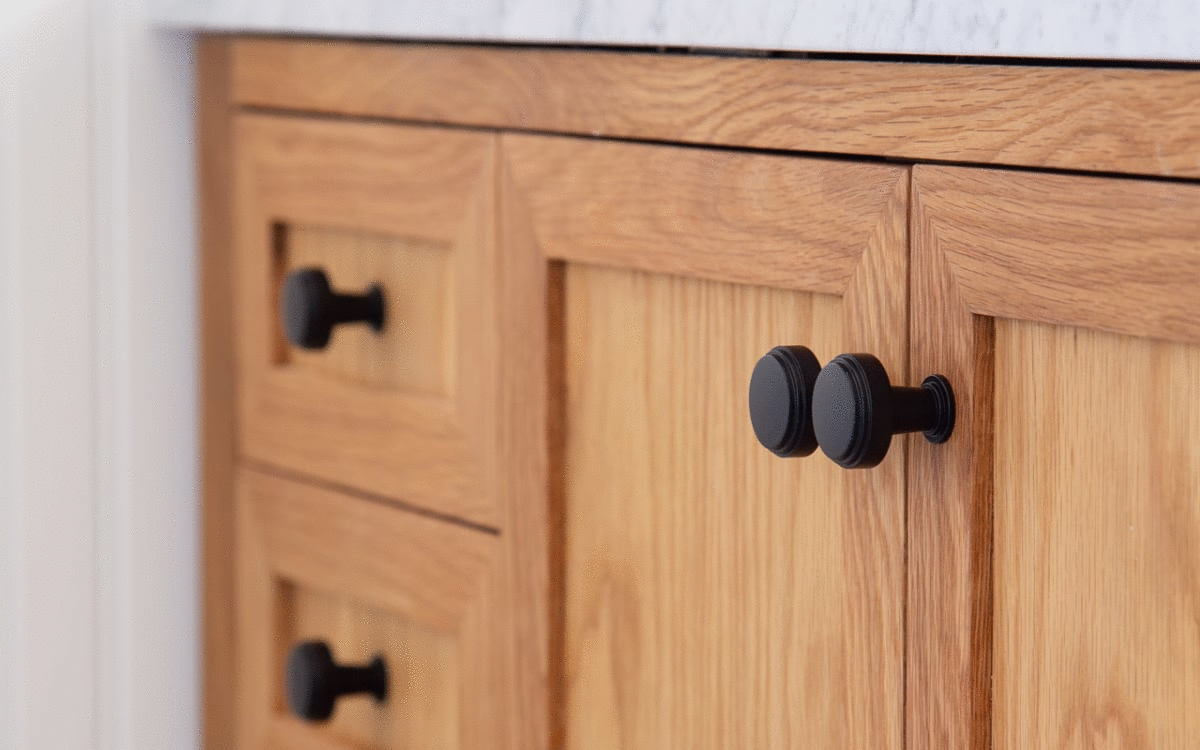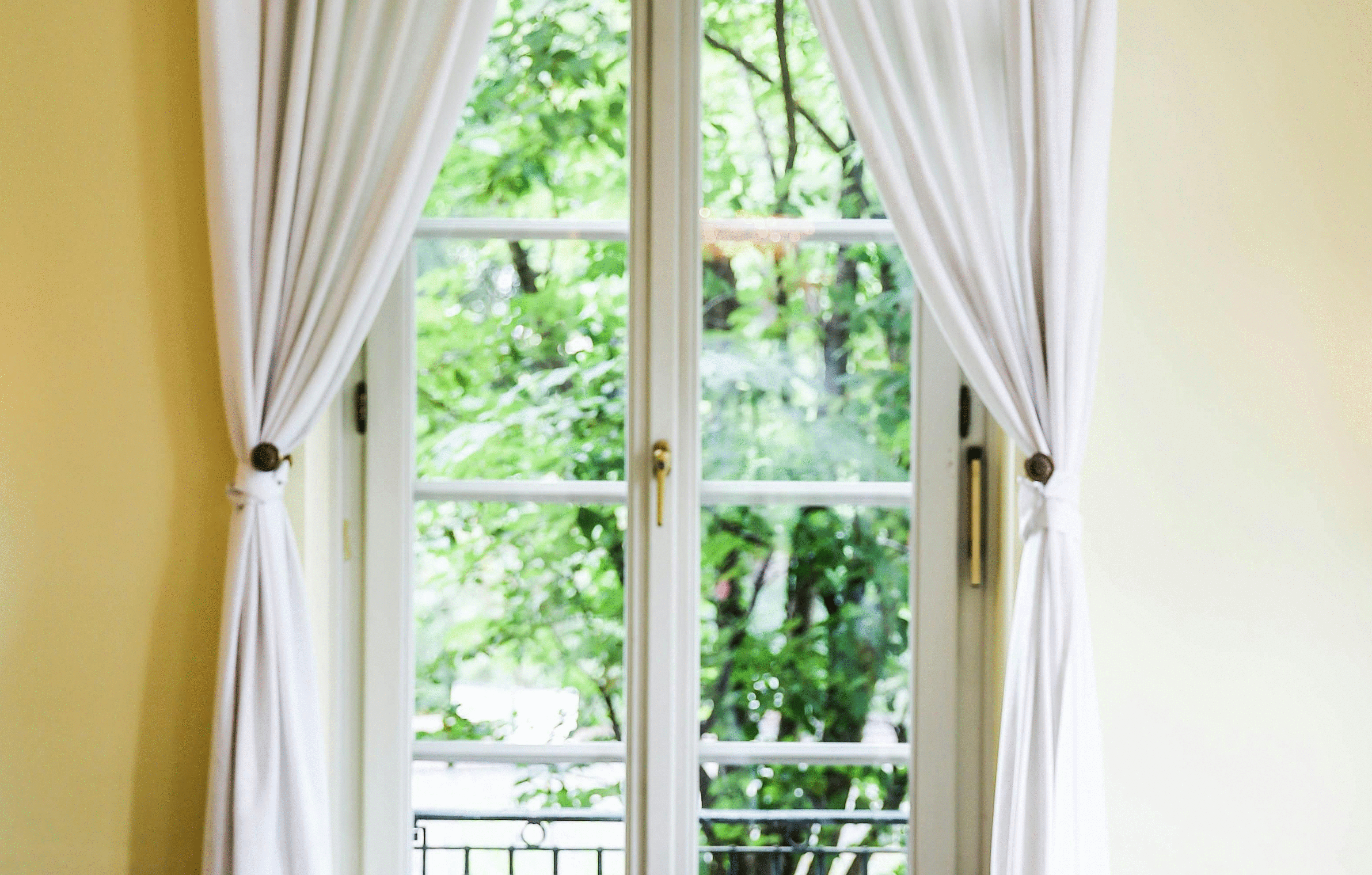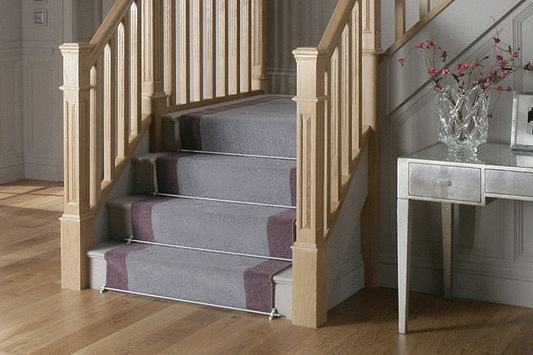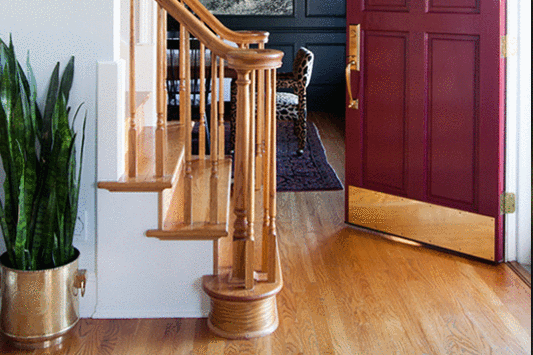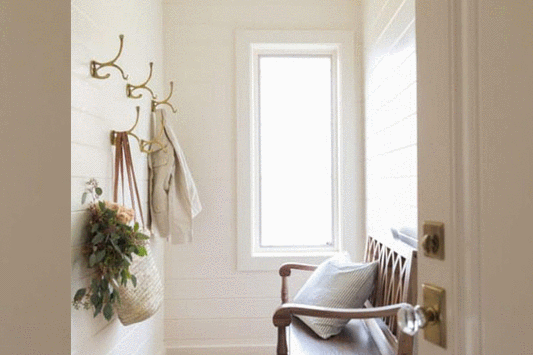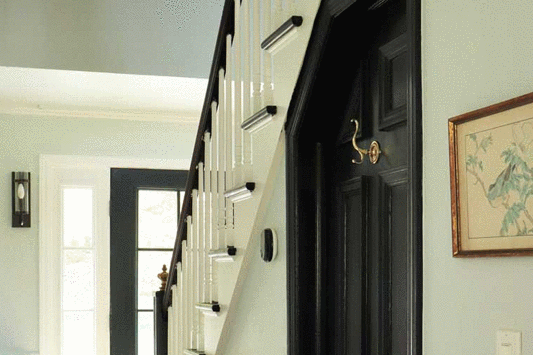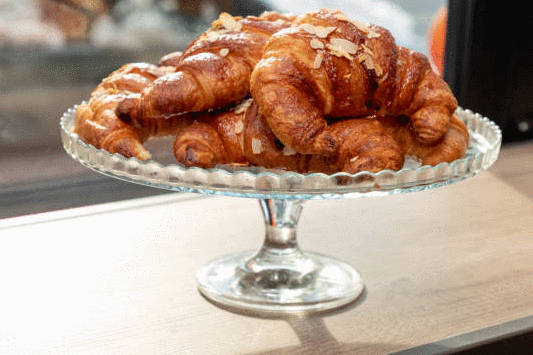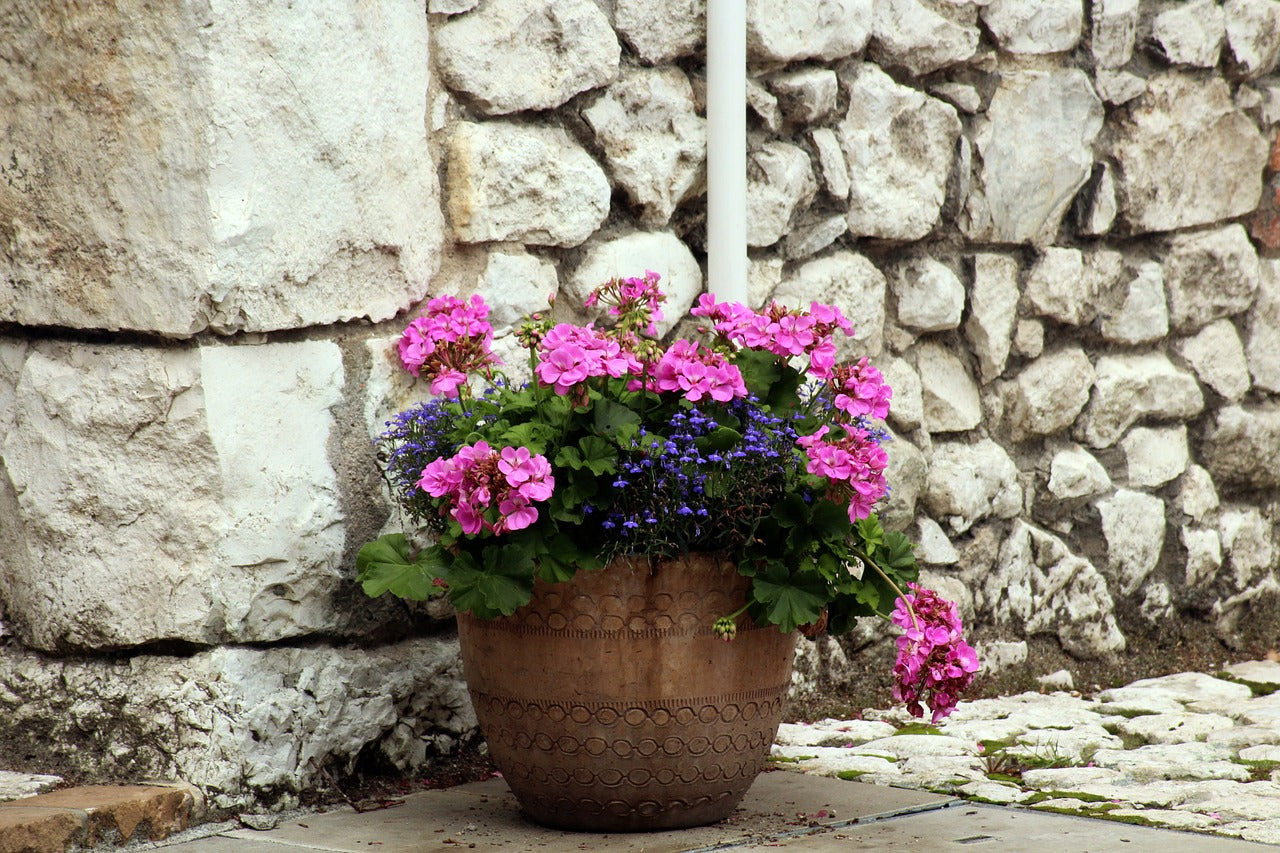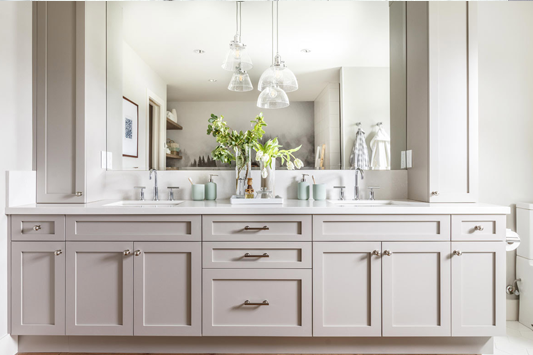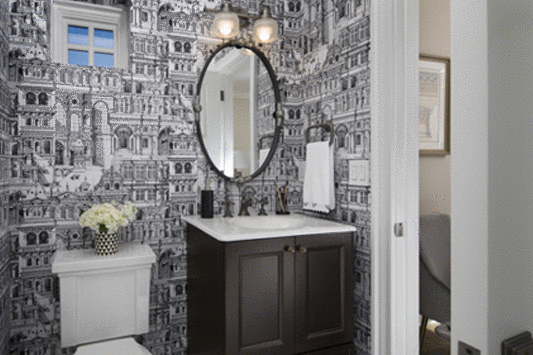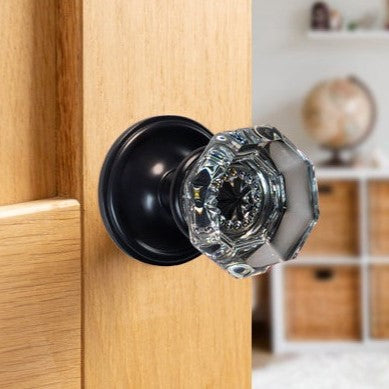Art Deco Style Furniture

Art Deco Style Furniture & Hardware is Timeless
The European Art Deco movement began around 1910. However, the American Art Deco movement was not born until 1925, and it was at a French design show. Attending the Exposition Internationale des Arts Décoratifs et Industriels Moderne were representatives from the Metropolitan Museum of Art, the American Institute of Architecture, the media and others. As a result of what they saw at the exposition, the American designers, architects and artists developed the idea of combining traditional styles with geometric designs, creating the visually distinctive Art Deco style. Art Deco describes numerous designs used in architecture, artwork, interior design and furniture. Interestingly, the term ‘Art Deco’ was actually created in 1966, after a Paris exhibition was held celebrating the 1925 show.
|
|
|
|
|
 |
 |
 |
 |
The Art Deco style flourished through the second half of the 1920s and the first half of the 1930s. World War II prompted the end of the Art Deco movement, as people became more frugal and designs reflected the seriousness of a war period. However, while the Art Deco movement was in full swing, there was a wealth of furniture designed that reflected the public’s interest in more elegant looking and glamorous styles. Whereas the preceding furniture style called Art Nouveau was a transition style between traditional and semi-modern furniture concepts, Art Deco was clearly modern with its more delicate and sleek appearance compared to the heavier looking furniture built before the machine age.
Stylized to Match Past Times
Art Deco furniture has been described many different ways, but there are some descriptive words that capture its essence. Art Deco furniture is best described as geometric, symmetrical and functional. However, you do not want to get the impression that the furniture is plain or uninspired. Art Deco furniture is easily recognizable because it is so unique and has such an interesting appearance. As opposed to earlier heavy wood furniture styles, many of the Art Deco stylized pieces incorporate chrome, glass and mirrors. The Art Deco furniture that was made out of wood is highly polished which gave the pieces a much more modern appearance compared to its furniture predecessors. A number of furniture pieces are finished in shiny black lacquer. Upholstered furniture often used shiny fabrics, adding glamour to chairs and couches. The modern materials and streamlined style reflected a modern economic boom time between two World Wars, during which mass production of furniture required simpler furniture lines and assembly.
|
|
|
|
|
 |
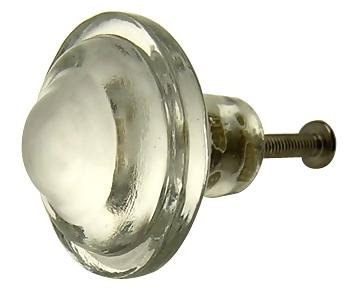 |
 |
 |
Though the linear symmetry of the geometric furniture is unique, the motifs and ornamentation are what truly makes Art Deco furniture so easy to recognize. There were several interesting events that occurred during the Art Deco movement time period, and they are reflected in the Art Deco furniture. In 1922, Tutankhamen’s tomb was opened, leading to the inclusion of Egyptian motifs. People began to travel to exotic locales, and the motifs began reflecting African animals, Aztec symbols, and stylized images of skyscrapers, cruise ships, automobiles and airplanes. Other motifs include items from nature like flowers and shells.
|
|
|
|
|
|
 |
 |
 |
 |
 |
Art Deco furniture is still produced today. For example, The Barcelona Chair designed by Mies van der Rohe was first constructed in 1929, and reproductions are still manufactured. From the side, the chair frame looks like a distorted ‘X’. The back and seat are upholstered in leather. Other famous Art Deco furniture designers include Jacques- Émile Ruhlman, Donald Desky, Paul Frankl, Gilbert Rohde, Karl Emmanuel Martin Weber, Wolfgang Hoffman and Eugene Schoen. Frankl is credited with designing the first original American Art Deco furniture. His ‘Skyscraper’ furniture was fashioned to mimic the New York skyline.
Art Deco Hardware for All Times
Art Deco hardware is just like the furniture – modern and stylish. Art Deco hardware includes knobs and pulls with designs that reflect the motifs or ornamentation typically found on the furniture. For example, a round knob may have a plain round front but will also have the easily recognizable Art Deco lines on each side. On the other hand, a round knob may have a pressed design that is reminiscent of the bits of mirror embedded in many furniture pieces. Another typical Art Deco pull is a brass ring pull surrounded by ring of flowers or some other design. Pulls can be elongated and have geometric shapes to match the geometric furniture lines.
|
|
|
|
|
|
 |
 |
 |
 |
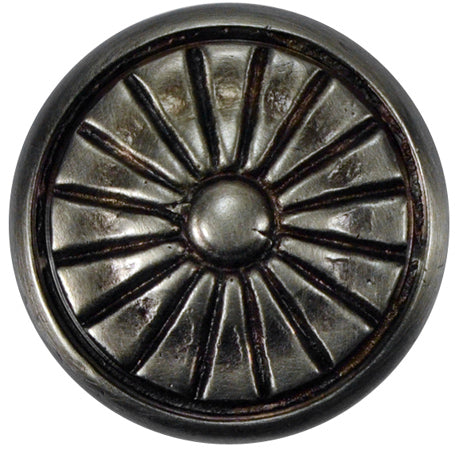 |
The nice feature of Art Deco hardware is that you can choose from a large variety of knobs and pulls. The hardware varies on Art Deco furniture depending on the motifs and materials used in each piece. For example, a black lacquer cabinet with drawers would need either black or crystal knobs or pulls. Hardware finishes include polished brass, antique brass, flat black, brushed nickel, polished chrome and more. There are also matching hinges.
|
|
|
|
 |
 |
 |
Art Deco hardware often can be described as having a neoclassical appearance, and it can easily be installed on other styles of furniture. The success of the Art Deco style is reflected in the fact that many of its features are still incorporated in today’s furniture. If you are fortunate enough to own an original or reproduction Art Deco piece of furniture, it is good to know that it is easy to buy hardware that will maintain its beauty.


